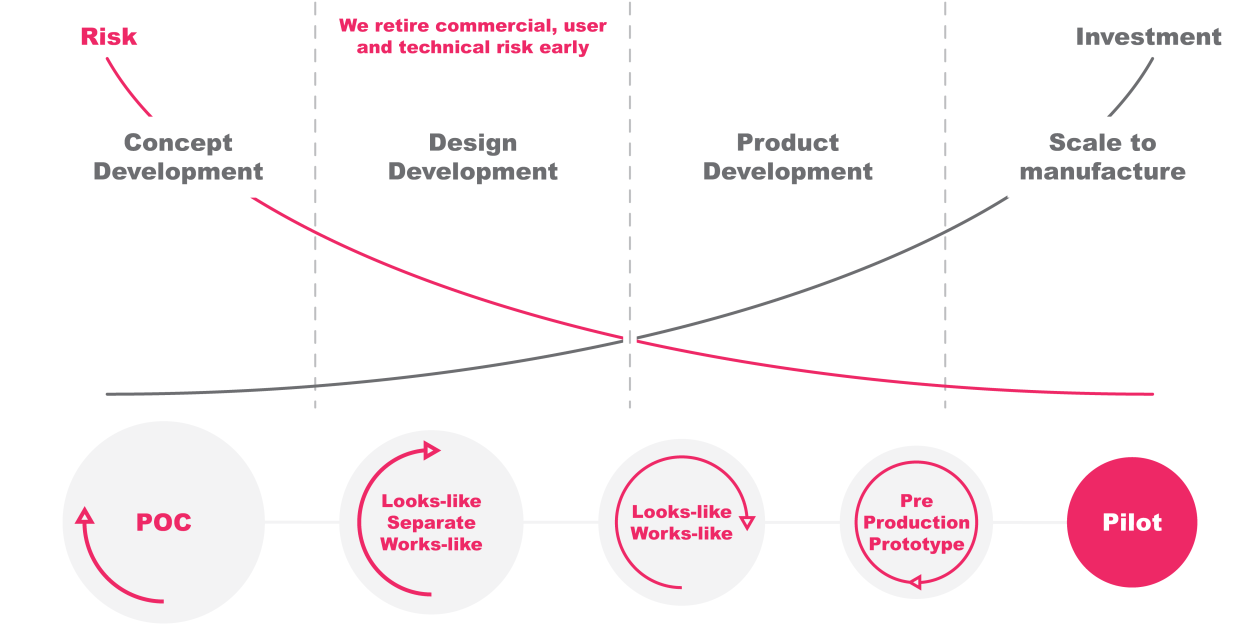We build a series of prototypes, each progressively refined towards the final production solution. Every subsequent phase enhances the design and strategically addresses risks, ensuring optimal use of our client's budgets. Solving fundamental problems and risks later in a development program can be commercially fatal.
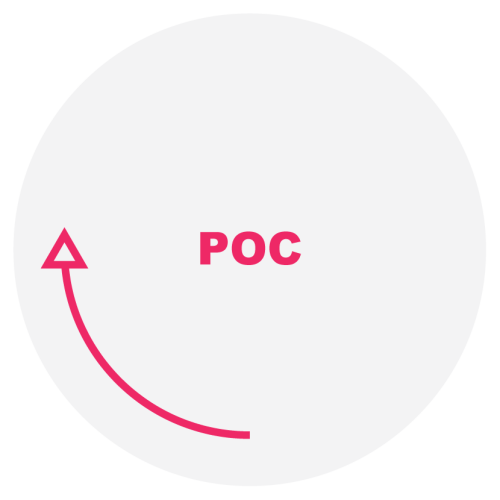
When it comes to proof of concepts (POC) prototypes, their primary objective is not to replicate the final product exactly. Instead, their purpose is to test and validate the feasibility of an idea or concept through experimentation.
Our POC prototypes are designed to be cost-effective and quickly constructed, utilizing minimal time and financial investment required to conduct the necessary experiments and prove the concept's viability.
During the initial stages, we develop and iterate multiple POC prototypes. This iterative process allows both our team at Maddison and our clients to gain confidence and make informed decisions before allocating additional development funds to a chosen direction.
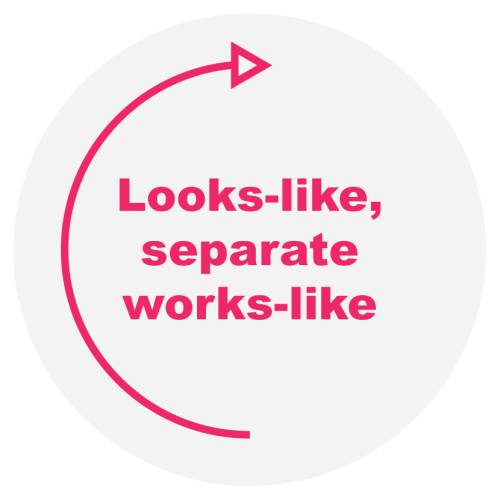
The Looks-Like prototype closely resembles the final product in appearance and is developed alongside the Works-Like prototype. It aims to refine the design aesthetics and plays a crucial role in marketing and usability.
The Works-Like prototype prioritizes the development of core technology rather than visual appeal. These prototypes test fundamental mechanical, electronic, and software aspects.
By the end of this phase, both our team and the client gain confidence that the solution has undergone risk mitigation which justifies further investment. This sets the stage for the proposed solution to progress to the next development phase.
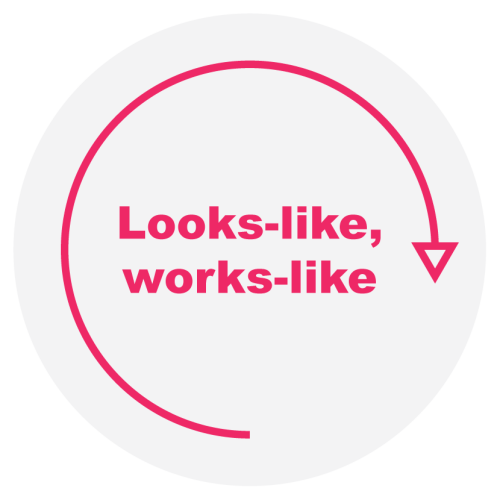
Looks-Like, Works-Like prototypes serve a distinct purpose. They demonstrate the viability of an idea or concept through experimentation. While they don't need to exactly resemble the final product in functionality or appearance, they prove the concept's feasibility. By leveraging iterative prototypes, we ensure informed decision-making and a solid foundation for product development.

In the next critical phase, we focus on transferring the design to production. Maddison takes charge of identifying a suitable manufacturer and initiating the production process.
Our role includes transferring relevant information to the manufacturer and providing support during the production of a small number of initial units, using the intended production process. This phase involves a significant capital investment, covering production tooling, procurement at scale, and setting up production. The preceding phases aim to mitigate risks, as major changes at this point can be costly.
Quality control procedures are implemented to ensure compliance with market and regulatory requirements. A limited number of units are manufactured to identify and address any bugs or improvements before large-scale production.
The pre-production prototype also facilitates final verification and validation processes, such as obtaining necessary certifications like the CE mark or conducting clinical trials or evaluations, particularly for medical devices.
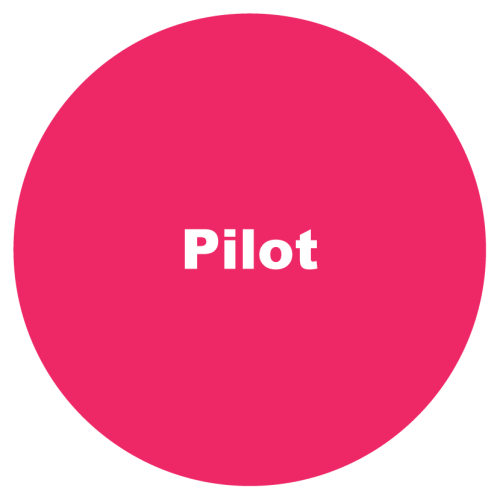
During pilot production, we create small batches of initial production units, typically 10 to 100, depending on the product type. This iterative approach allows us to identify improvements and optimize the production process. It also helps us solidify quality control procedures before scaling up.
By conducting pilot production in small batches, we streamline manufacturing. Our continuous improvement efforts ensure a refined production workflow.
Build, test & learn loops
- In each phase we design and build a prototype, we test it and improve it.
- These loops create development steps and stage gates with defined deliverables.
- That means our clients can measure success and payment can be linked to the successful completion of each phase of work.
'Demo or die'
We have stolen 'demo or die' from MIT, the famous engineering school. We live by this ethos.
The core of our process involves constructing physical prototypes, testing, and refining them.
Each phase involves the production and testing of a prototype, serving as a critical juncture “moment of truth'' to validate the design's merit for further investment in the subsequent stage.
The image right shows a "works-like" prototype for SAW-Dx.
De-risking your investment
We recognize the value of a client's investment. Our process is a sensible way to allocate these resources. The start of the process is critical, it is designed to help us quickly and cost-effectively identify risk and find solutions early. We develop proof-of-concept prototypes to test unproven design elements before committing significant resources.
